Pharmacology > Summary > GROUND ROUNDS: ASTHMA Assumpta Nnaji NR 508: Advanced Pharmacology Chamberlain College of Nursing La (All)
GROUND ROUNDS: ASTHMA Assumpta Nnaji NR 508: Advanced Pharmacology Chamberlain College of Nursing Latest 2022
Document Content and Description Below
GROUND ROUNDS: ASTHMA Assumpta Nnaji NR 508: Advanced Pharmacology Chamberlain College of Nursing 12-02-2018 CASE STUDY PRESENTATION Casey, a 15 year old Caucasian, high school student c... omes to the clinic this morning with complain of chest tightness, frequent cough which disturbs his sleep at night, shortness of breath and wheezing. Symptoms started gradually after playing football in the cold whether 3 weeks ago, he has missed school for 2 days because of his frequent cough He has history of asthma which has been controlled by ProAir inhaler 2 puffs every 4 hours as needed and Flovent inhaler twice daily a non smoker. However, he has not had asthma attack for more than a year and stopped using his Flovent. weight 122 lbs, Heart rate is 105/m, respiration 24/m BP 108/78mmgh and temperature 36.9 degree Celsius MEDICATION MANAGEMENTSHORT ACTING BETA AGONIST Pro Air (Albuterol): short acting bronchodilator. Usually the most commonly prescribed medication Inhaler HFA Dose: Children >4 years 2-4 puffs every 4-6hours as needed. Can take 2 puffs 15 to 30 minutes prior to exercise to prevent bronchospasms For Asthma exacerbation: Albuterol nebulizer 2.5 – 5mg in 2ml normal saline every 20 x 3 doses, then every 1 to 4 hours as needed or Inhaler every 20 minutes x 3 doses, then 1 to 4 hours as needed (Woo & Robinson, 2016) (Masselli & Peters, 2018) MEDICATION MANAGEMENTSHORT ACTING BETA AGONIST Mechanism of Action: Bronchodilator can reverses bronchospasm Relaxes smooth muscles, increases vital capacity and airflow Decreases airway resistance and residual volume Adverse effects: Can cause decreased diastolic blood pressure and increased heart rate, dizziness and headache Causes tremors and nervousness due to stimulation of beta2 receptors (Woo & Robinson, 2016) (Masselli & Peters, 2018) MEDICATION MANAGEMENTSHORT ACTING BETA AGONIST Contraindication and interactions Monitor patients who are on digoxin Beta2 agonist has a potential to induce hyperglycemia in diabetic patients Use with caution in patients taking tricyclic antidepressant and mono amine inhibitors Can cause severe hypertension in patients with pheochromocytoma Can interact with beta blockers to cause bronchospasm on asthmatic patients (Woo & Robinson, 2016) MEDICATION MANAGEMENTCORTICOSTEROID FLOVENT ( Fluticasone) HFA Dose: Greater than or equal to 12 years 88mcg to 440 mcg twice daily. Pediatric 4-11 years 88mcg twice daily Mechanism of Action: Decrease inflammation of the airway Increases peak flow and alters inflammatory pathway process Adverse reaction: Can cause tongue and mouth irritation Can cause fungal infection of the mouth without proper rinsing of mouth Can cause bronchospasm (Philip, 2014), (Woo & Robinson, 2016) MEDICATION MANAGEMENTCORTICOSTEROID Contraindication and interactions Should not be given to people with acute asthmaticus Take care when changing the medication from inhaled therapy to oral therapy due to adrenal insufficiency that can occur May inhibit growth in children Should not be used for relief of bronchospasm (Woo & Robinson, 2016) (Philip, 2014) MEDICATION MANAGEMENTLEUCOTRIENE RECEPTOR AGONIST singulair (Montelukast) Dose: adults- 10mg daily at bedtime Children 6-14 years-5mg daily at bedtime Mechanism of Action: Slows-reacting action of anaphylaxis reduces bronchoconstriction by blocking leukotriene Reduces inflammation (Woo & Robinson 2016) MEDICATION MANAGEMENTLEUCOTRIENE RECEPTOR AGONIST Adverse reaction: Can cause neuro psychiatric events like agitation, depression and anxiety Contraindication and interactions: Monitor for new onset of neuro psychiatric events It should not be given to patients with phenylketonuria Use with caution in patients with hepatic dysfunction (Woo & Robinson, 2016) ALTERNATIVE THERAPY FOR ASTHMA – CHINESE HERBAL MEDICINE Herbs: Ashmi contains Ku-shen (Sophora flavescens), Gan-cao (Glycyrrhzia uralensis) and Ling-Zhi (ganoderma lucidum) It involves different blends of herbs Dose: No standard dose for the most part, it involves different strength and quality Trial with Ashmi capsule three times daily along with prednisone 20 mg daily showed lung improvement after 4 weeks (Mayo Clinic, 1998-2018) (Kohn & Paudyal, 2017) ALTERNATIVE THERAPY FOR ASTHMA – CHINESE HERBAL MEDICINE Mechanism of Action: Most of the herbs are still under clinical trial to understand the mechanism of actio [Show More]
Last updated: 1 year ago
Preview 1 out of 18 pages
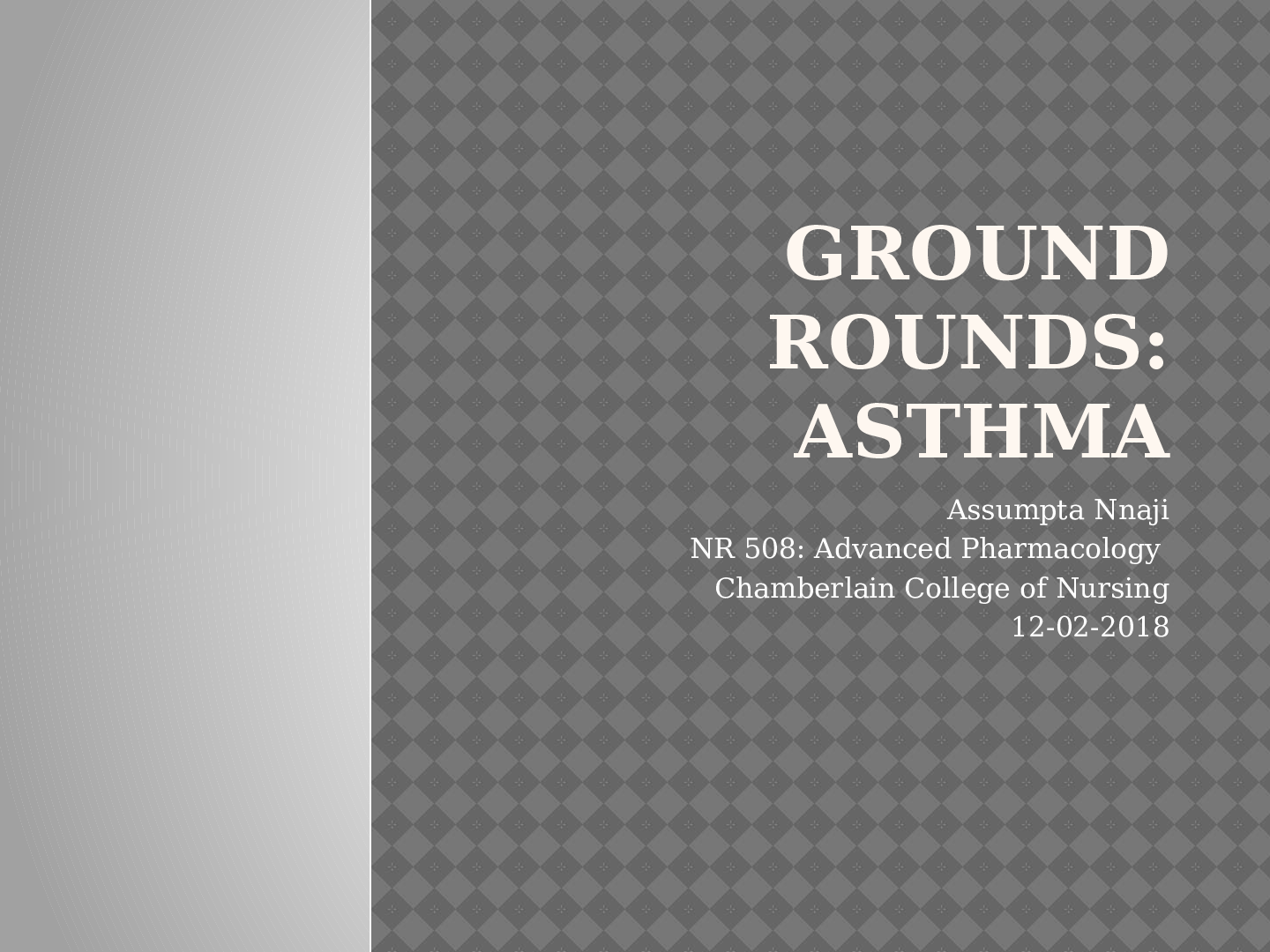
Reviews( 0 )
Document information
Connected school, study & course
About the document
Uploaded On
Apr 24, 2022
Number of pages
18
Written in
Additional information
This document has been written for:
Uploaded
Apr 24, 2022
Downloads
0
Views
105

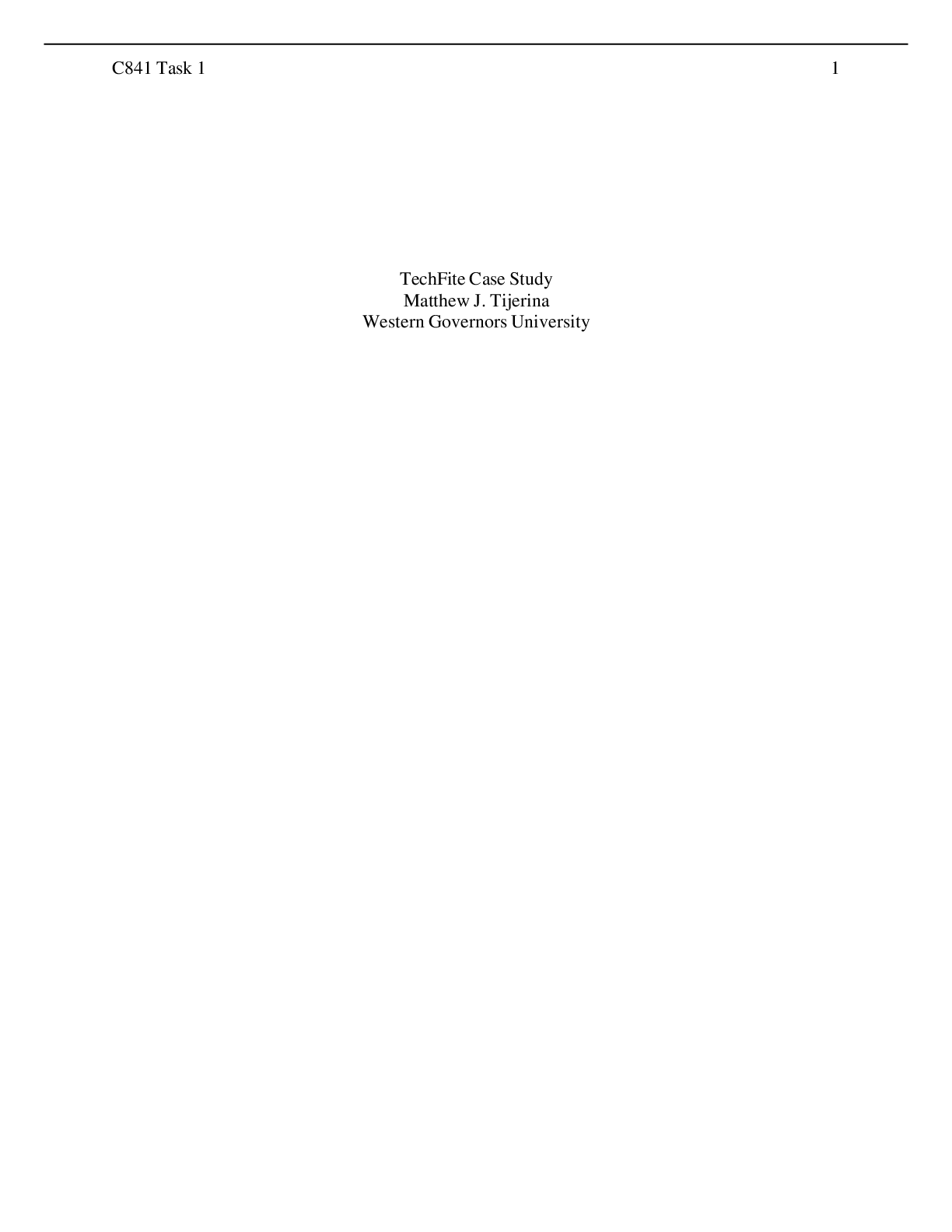
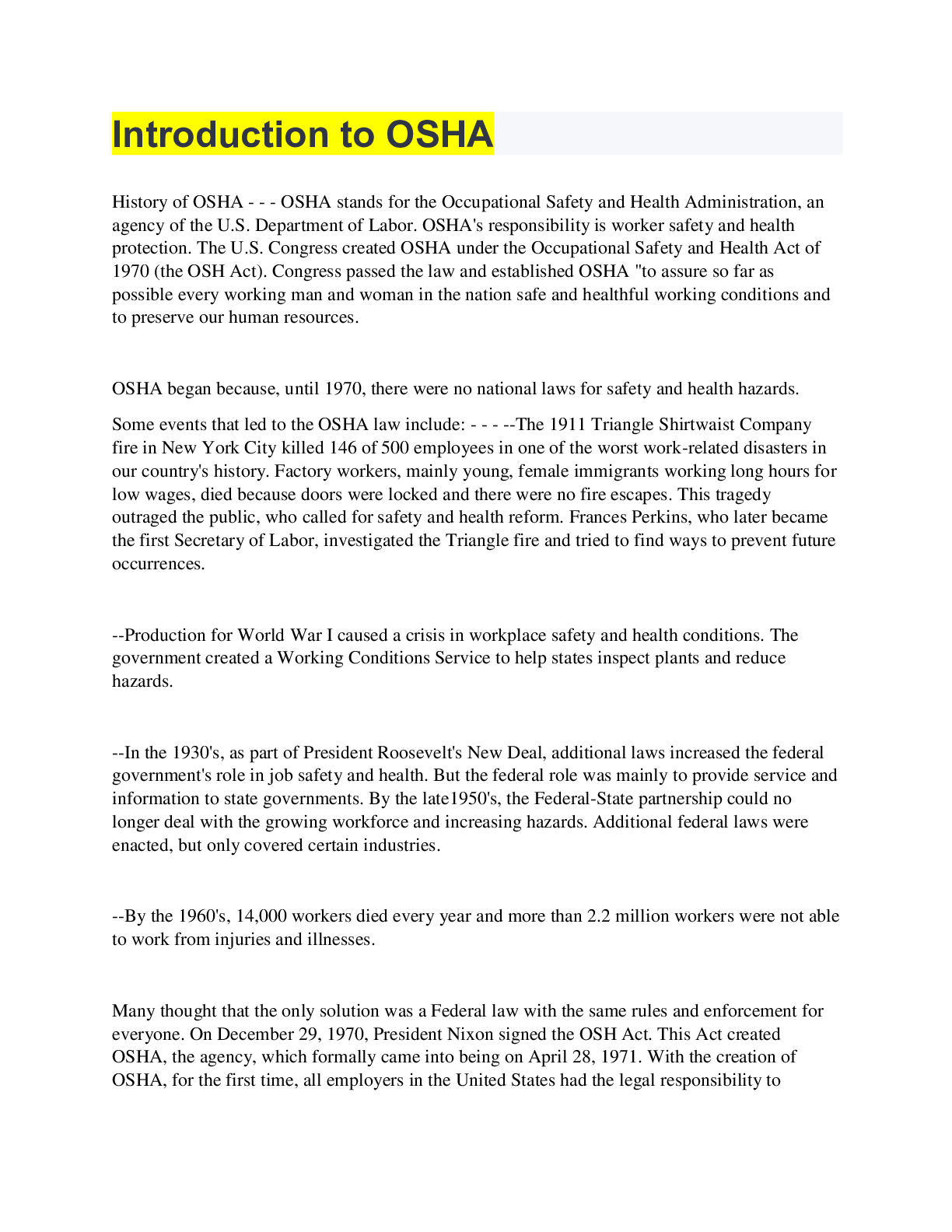
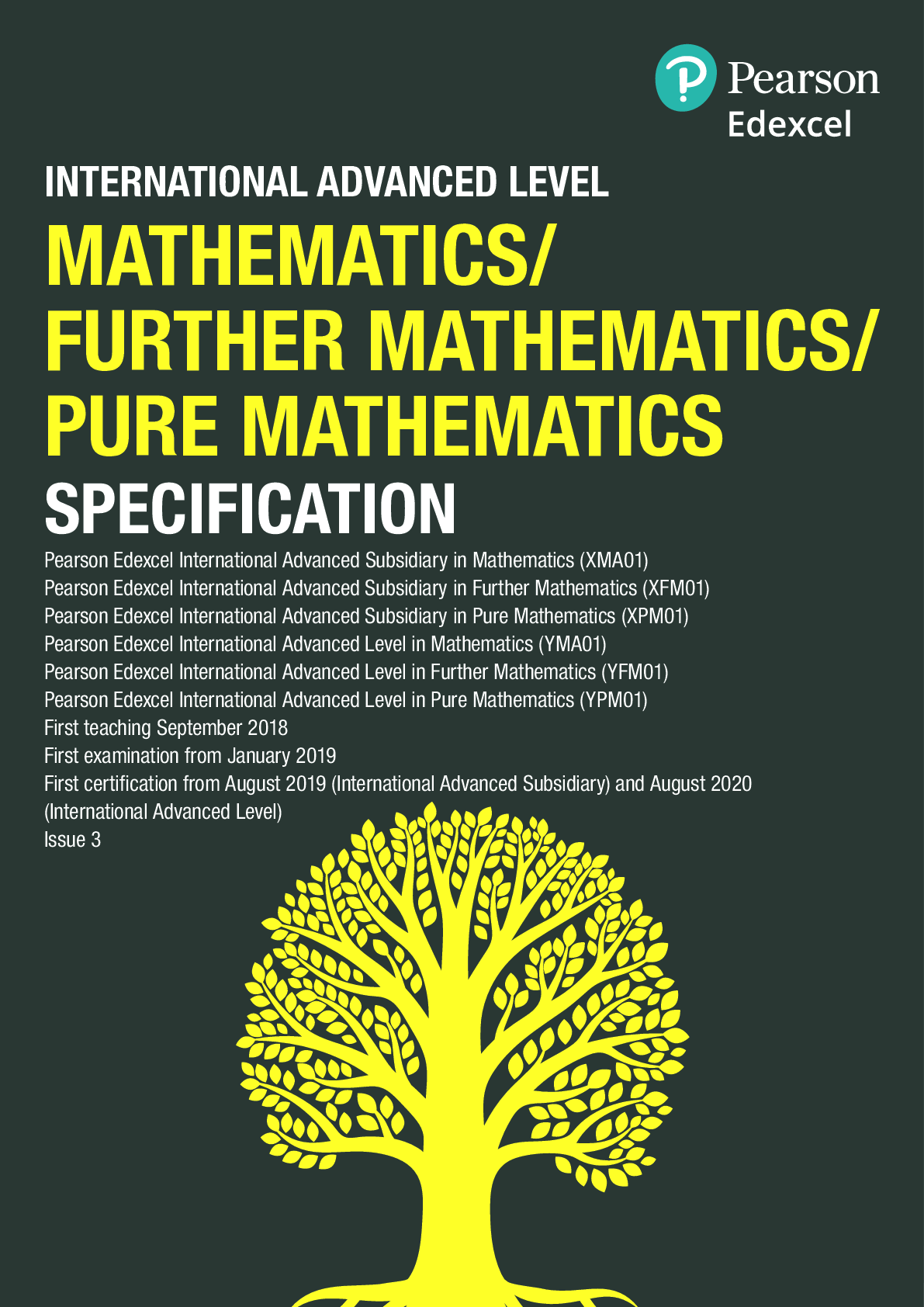


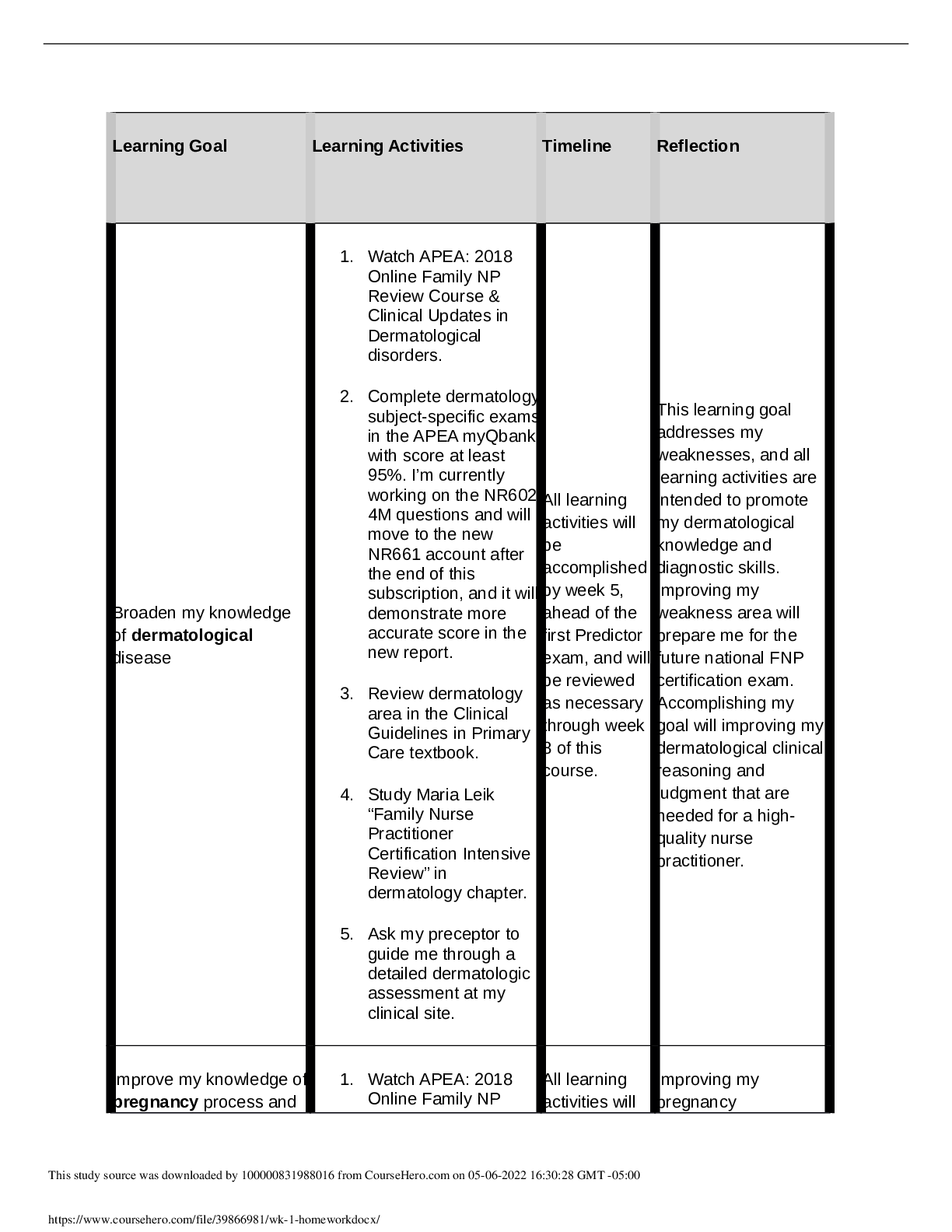
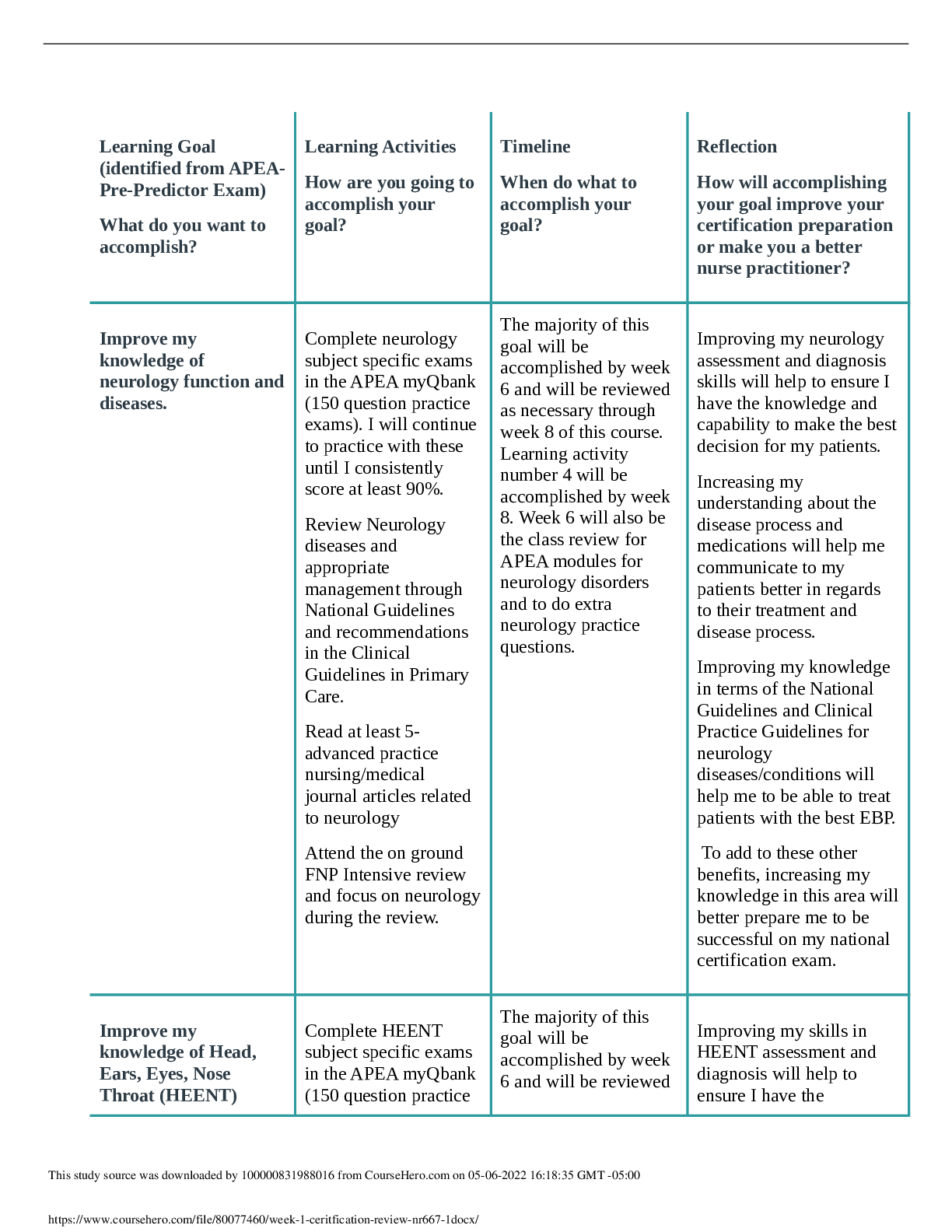
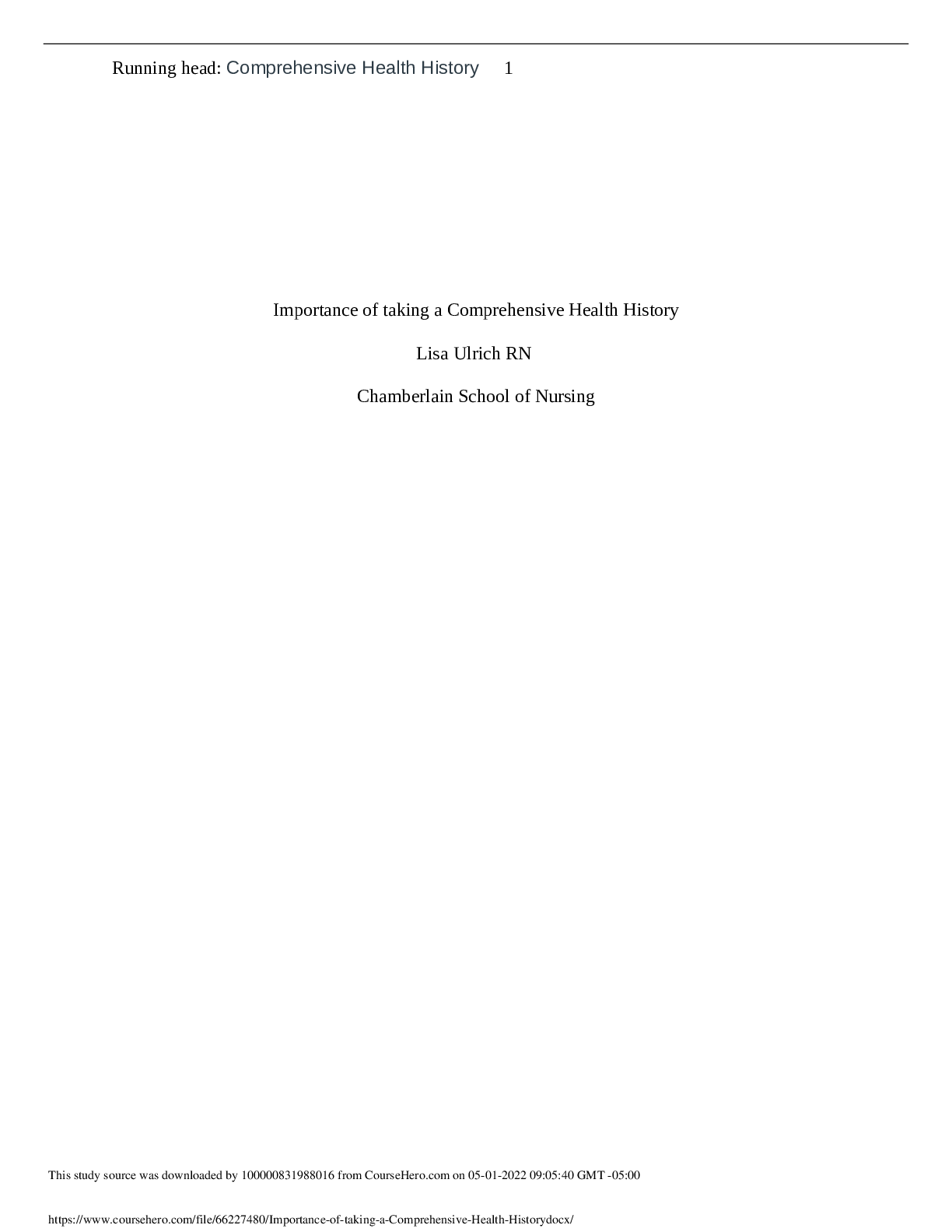

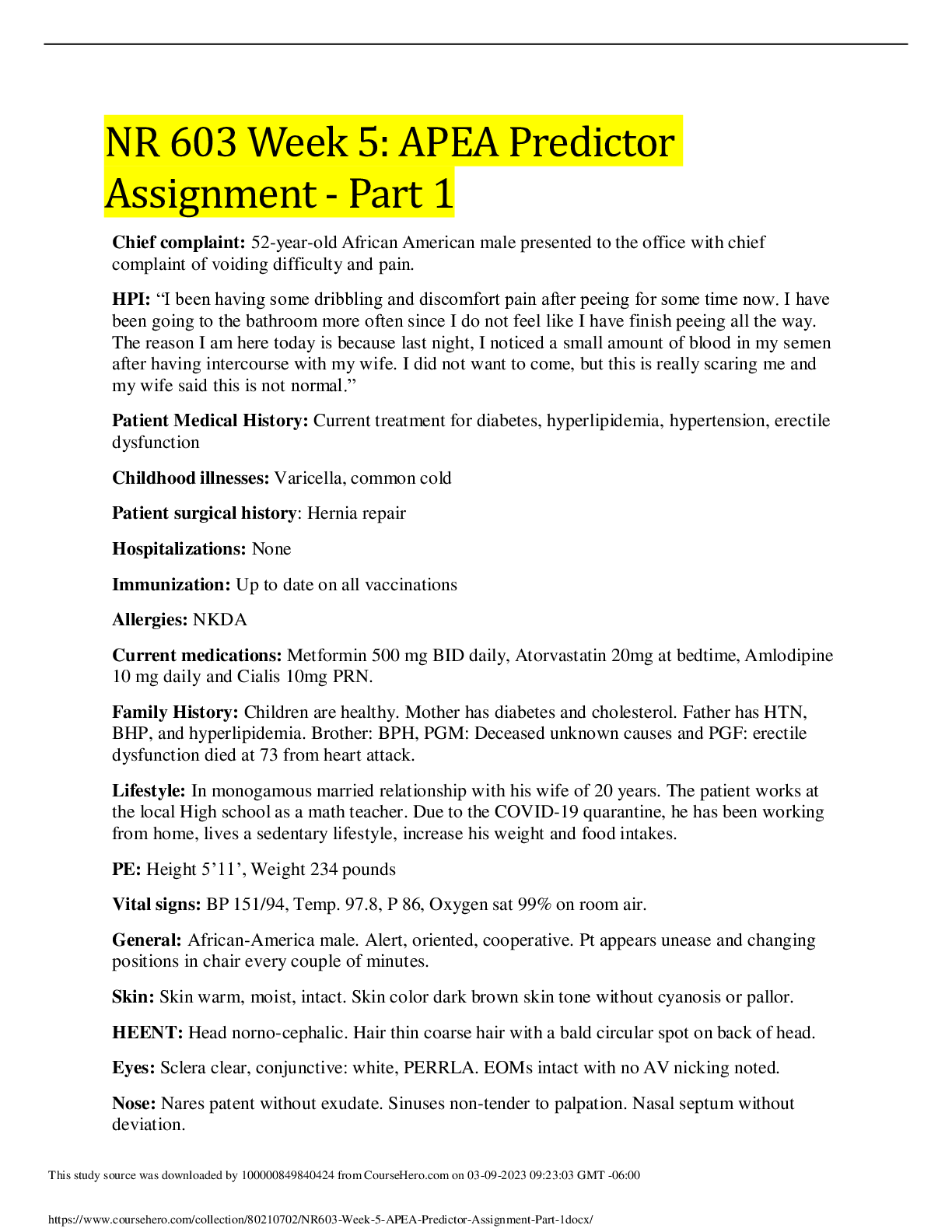
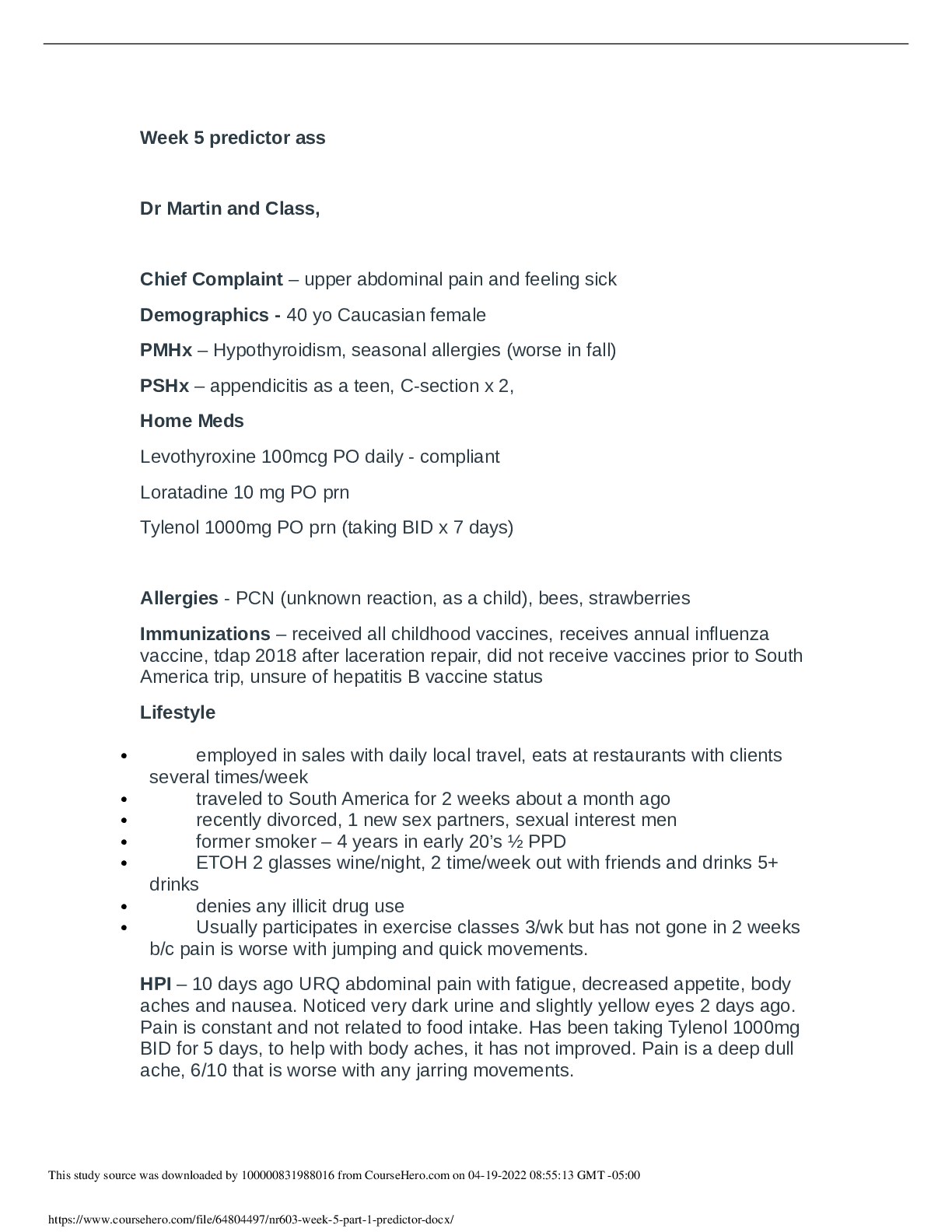
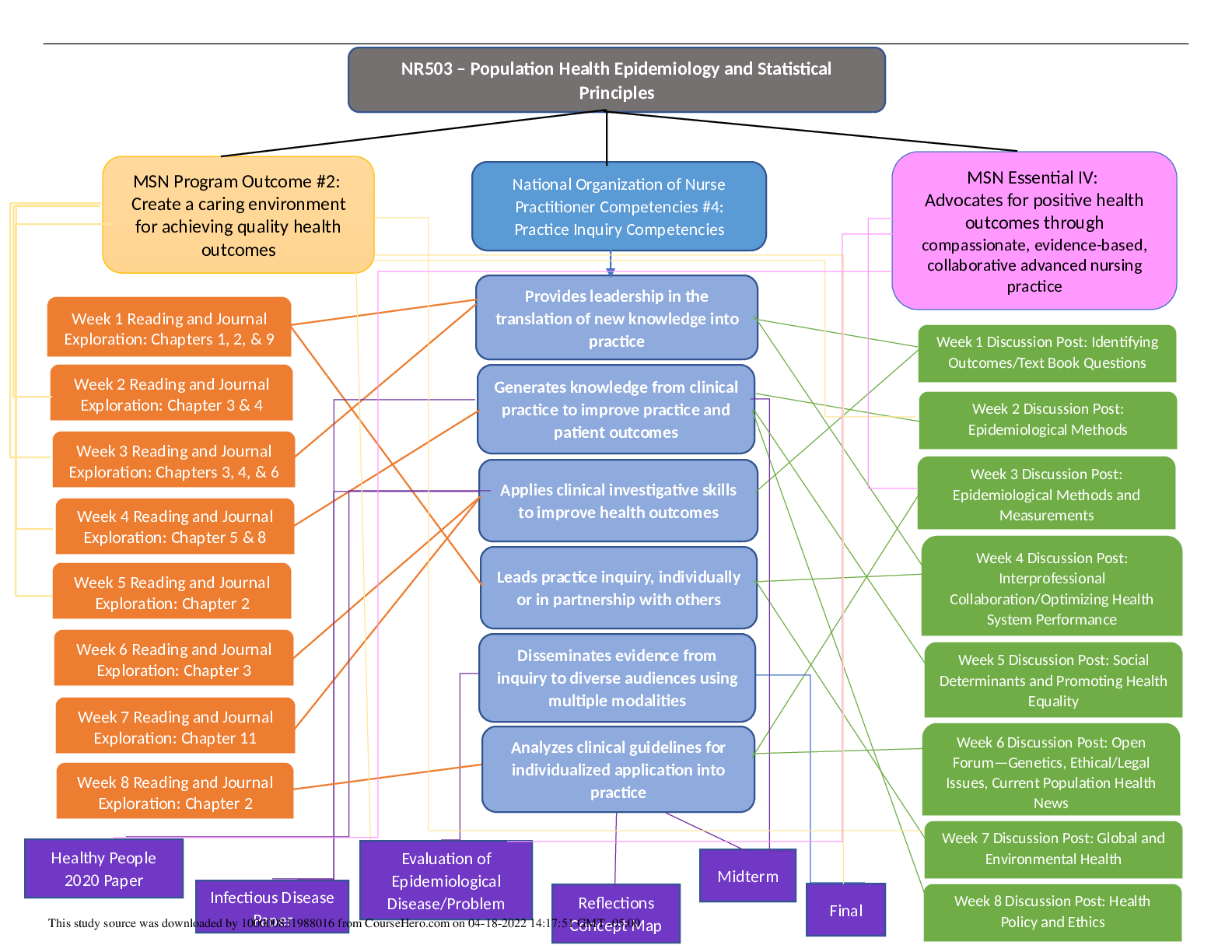
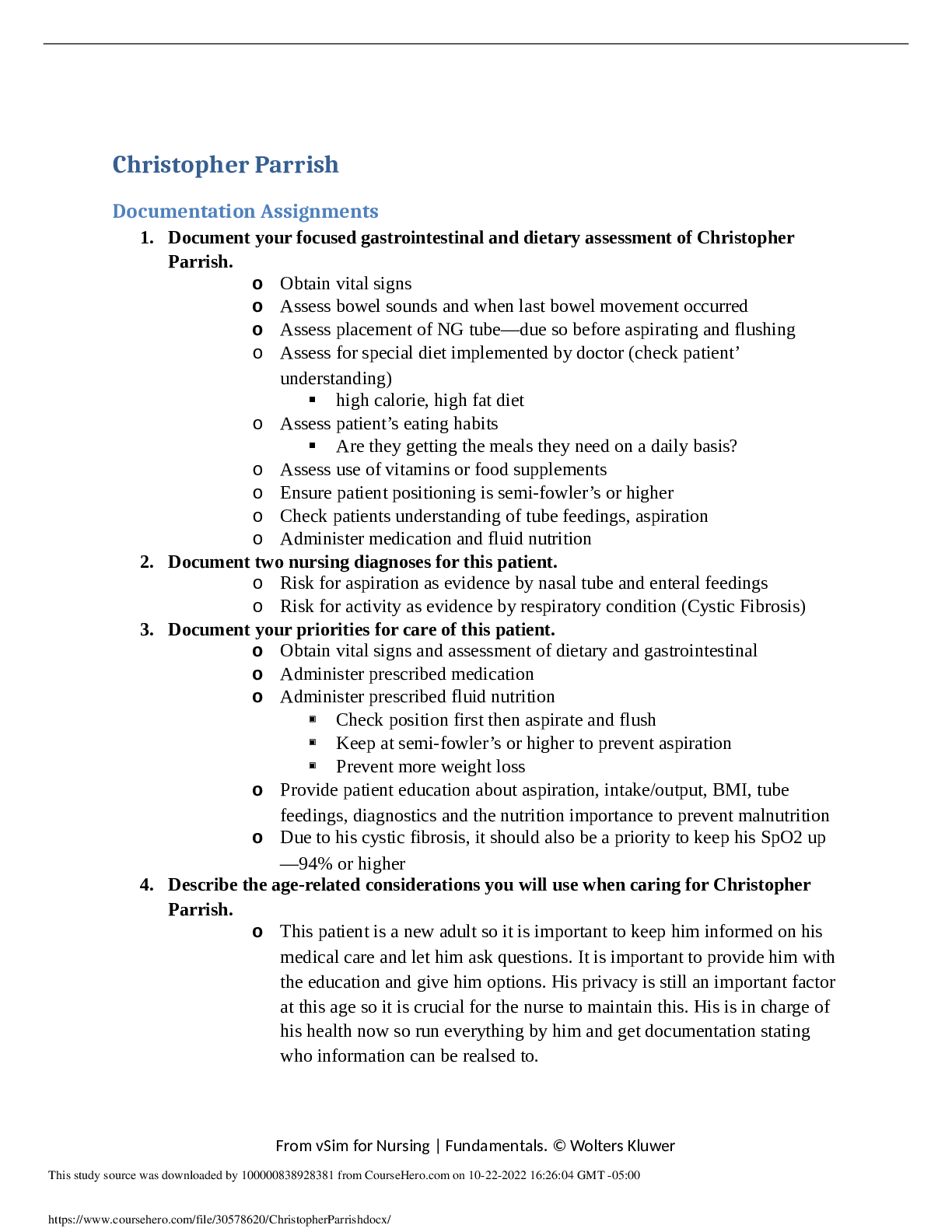
.png)
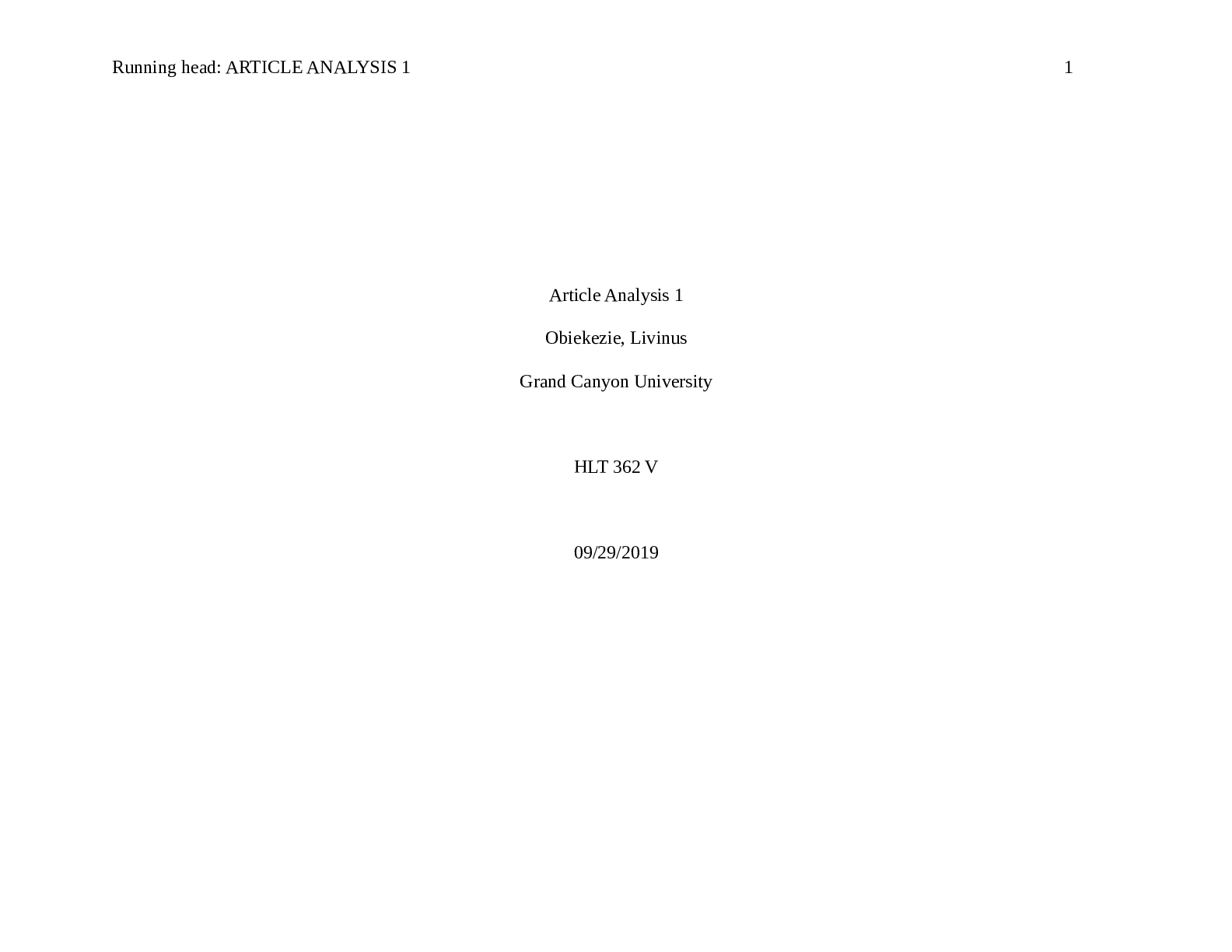
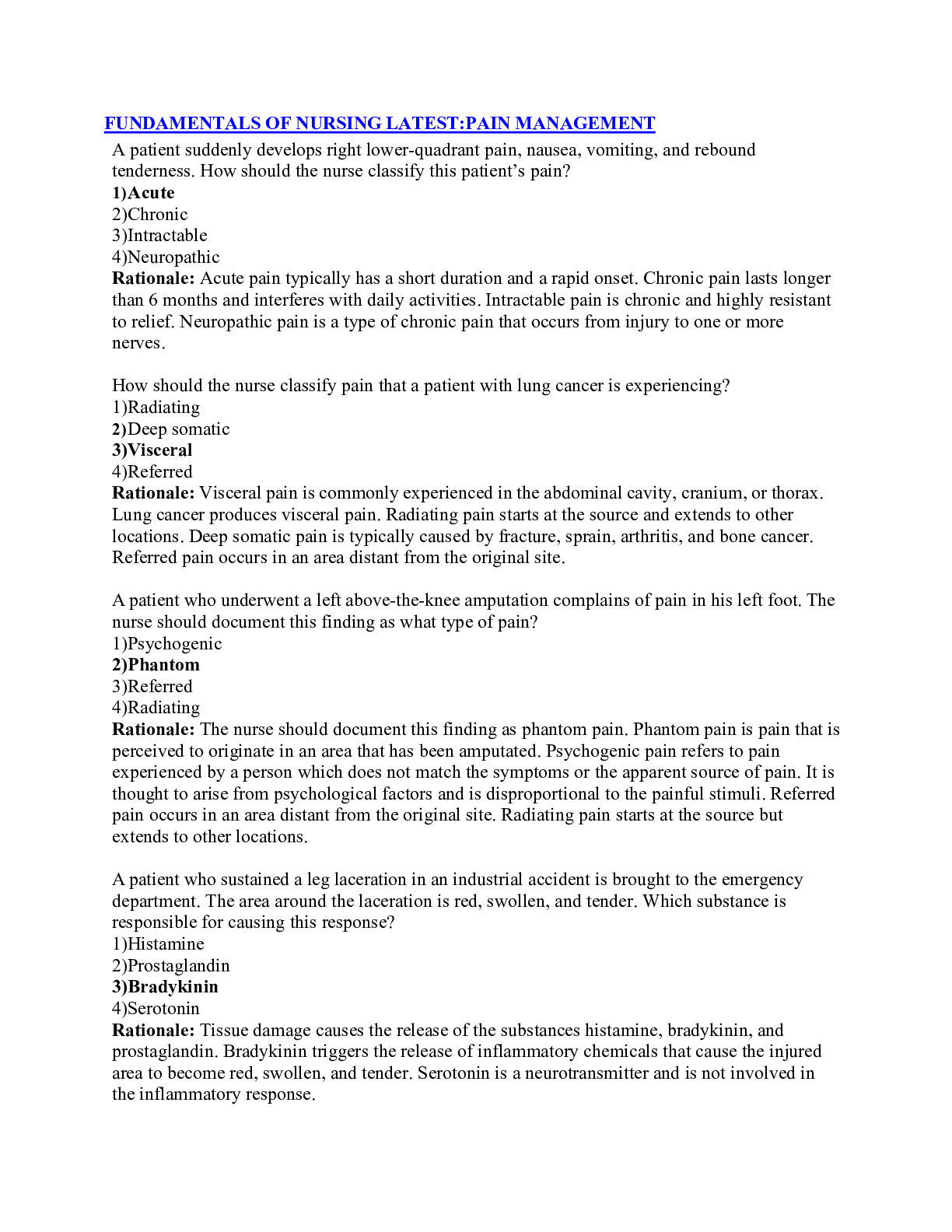

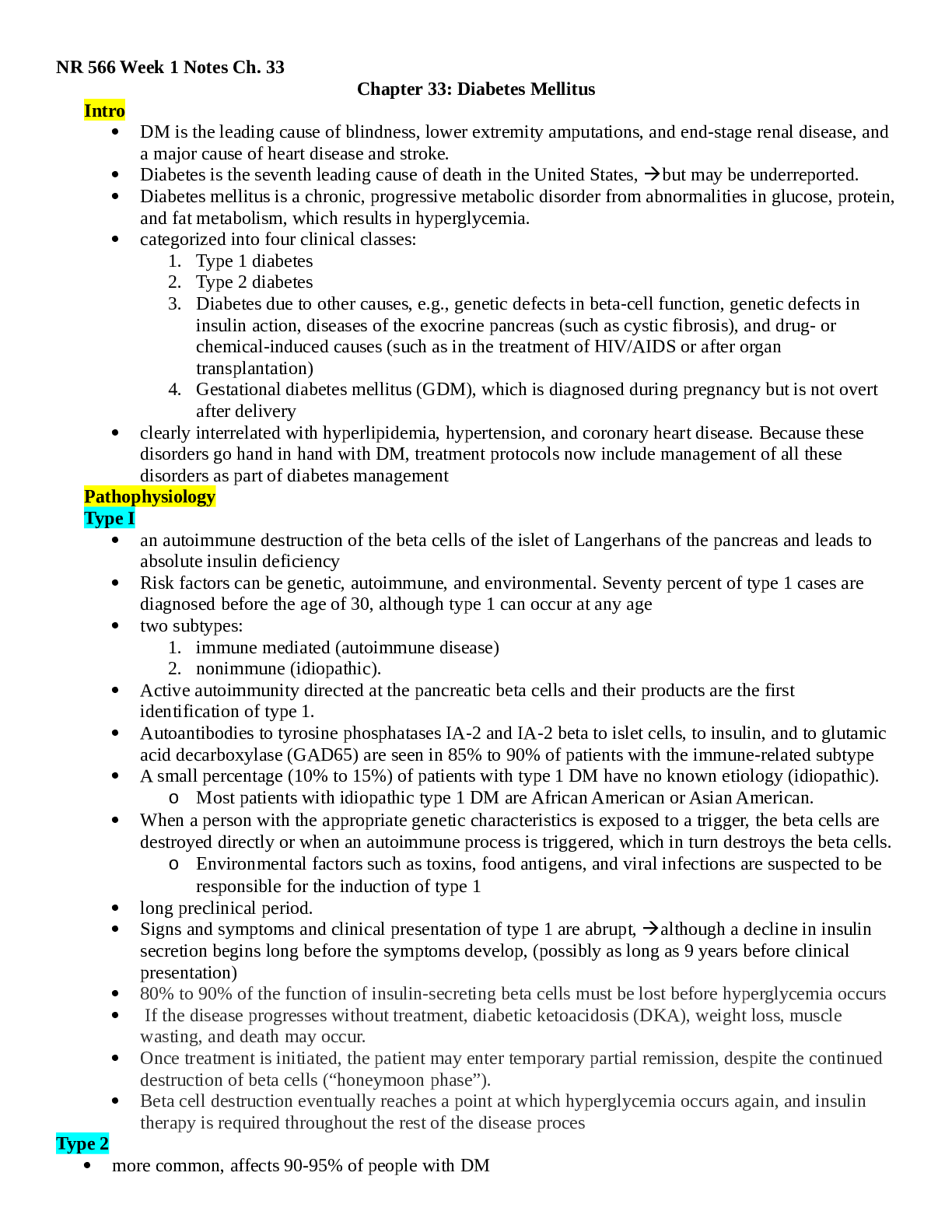
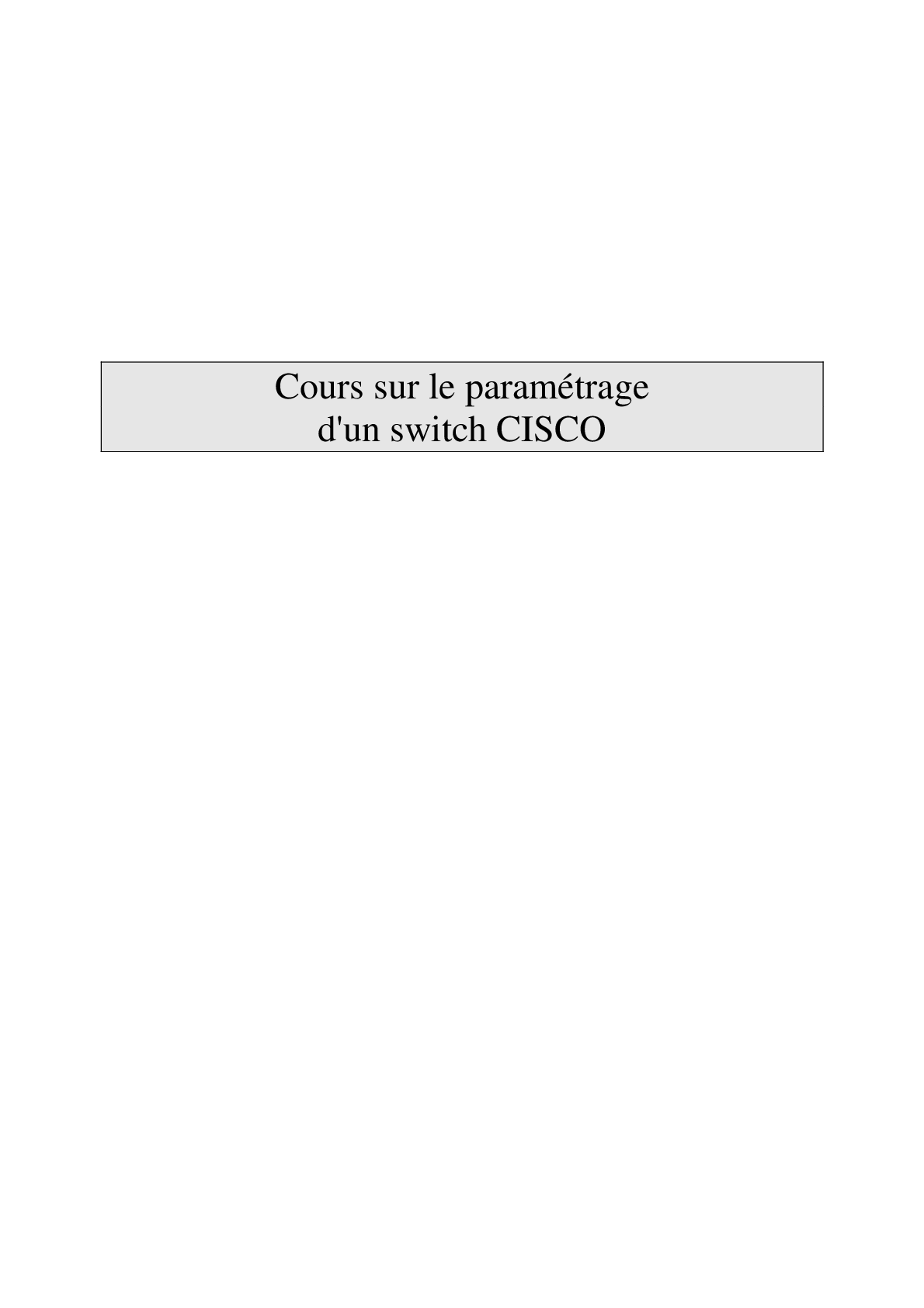
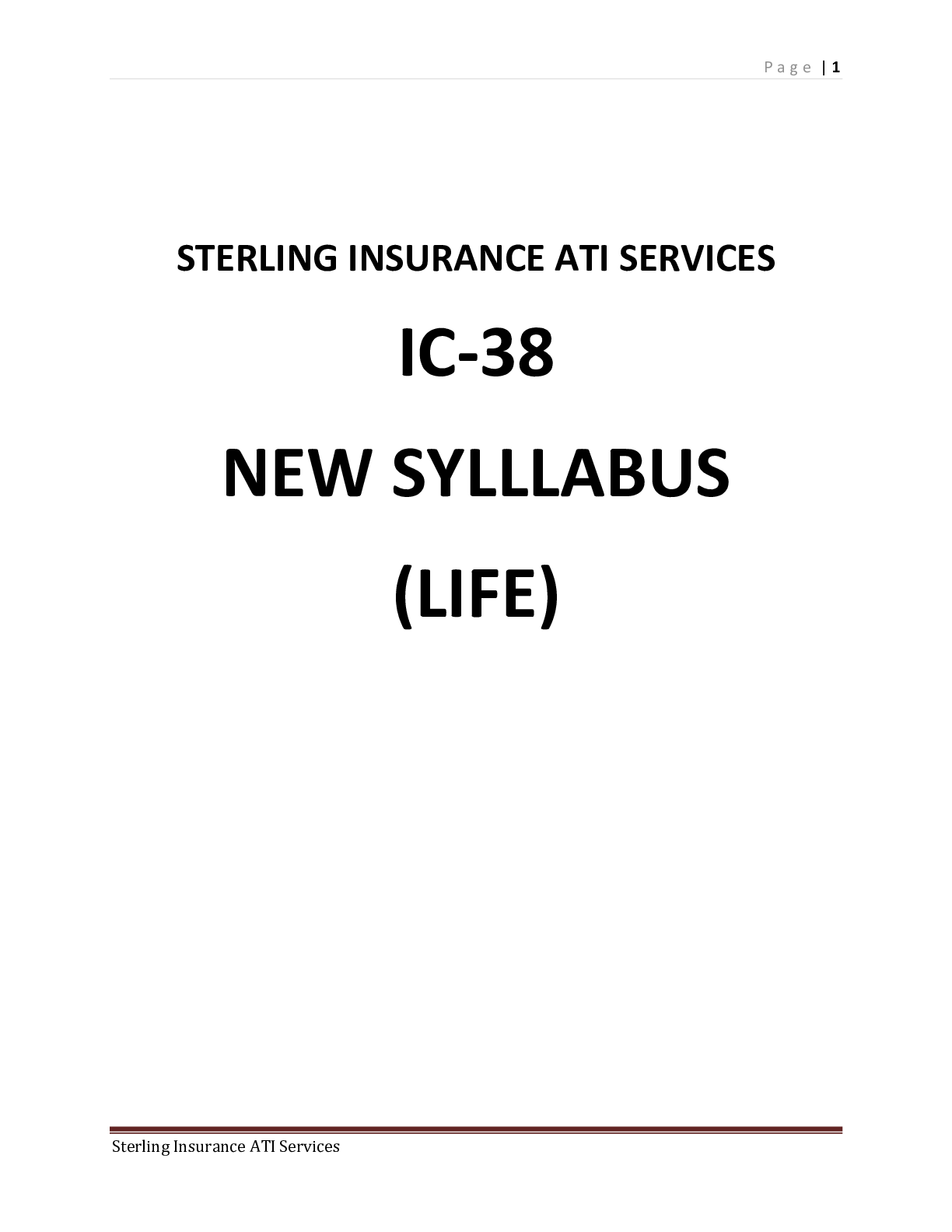
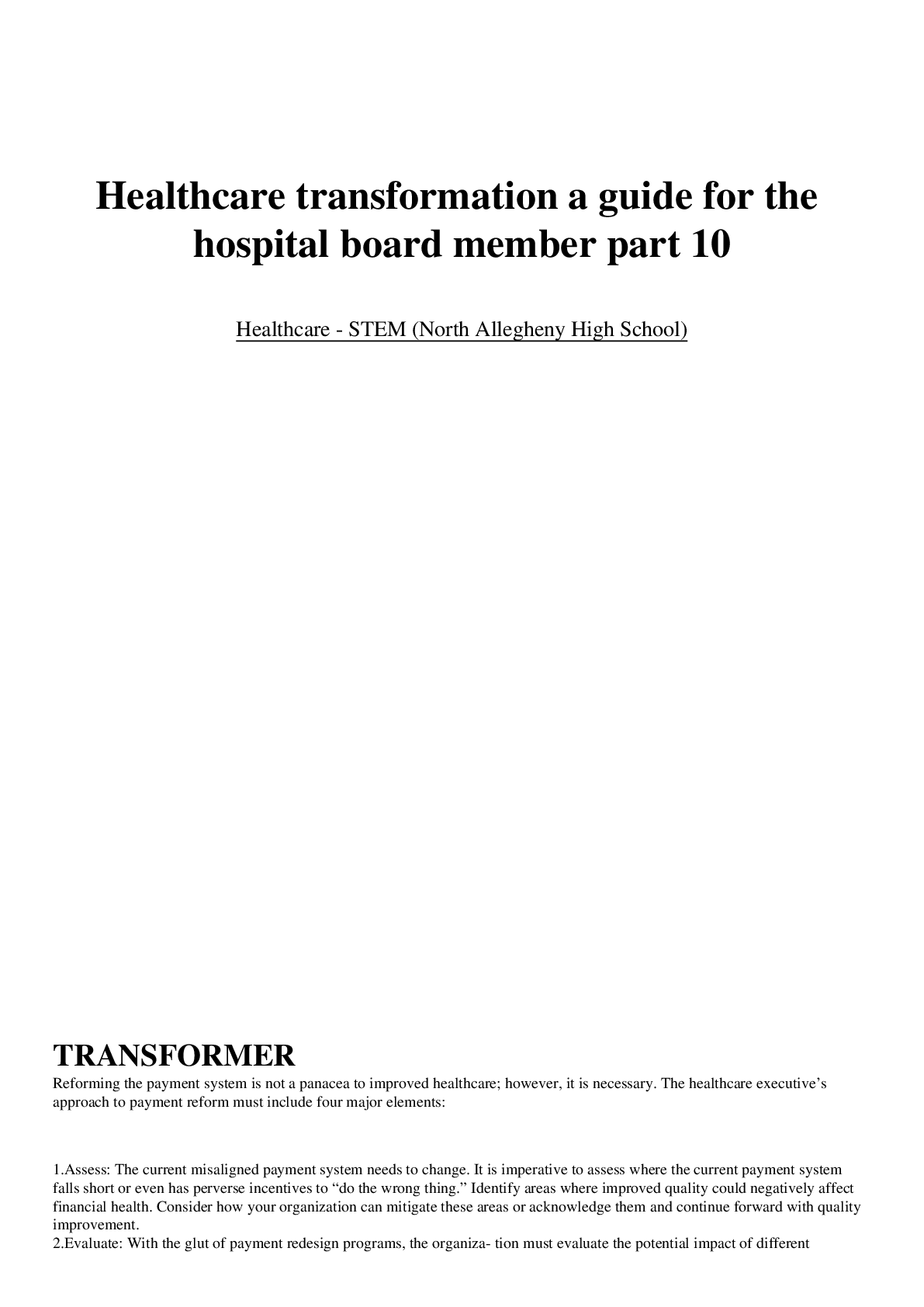

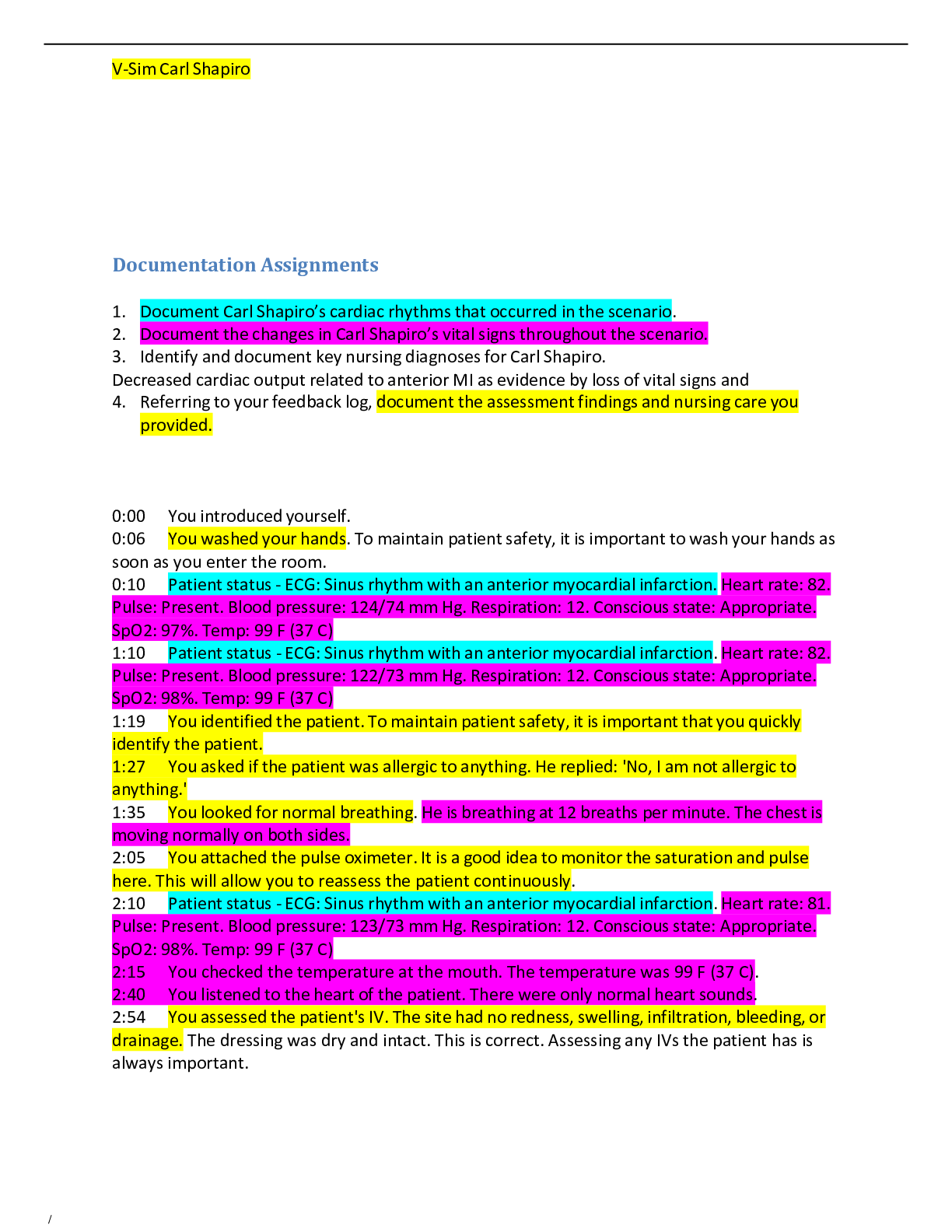
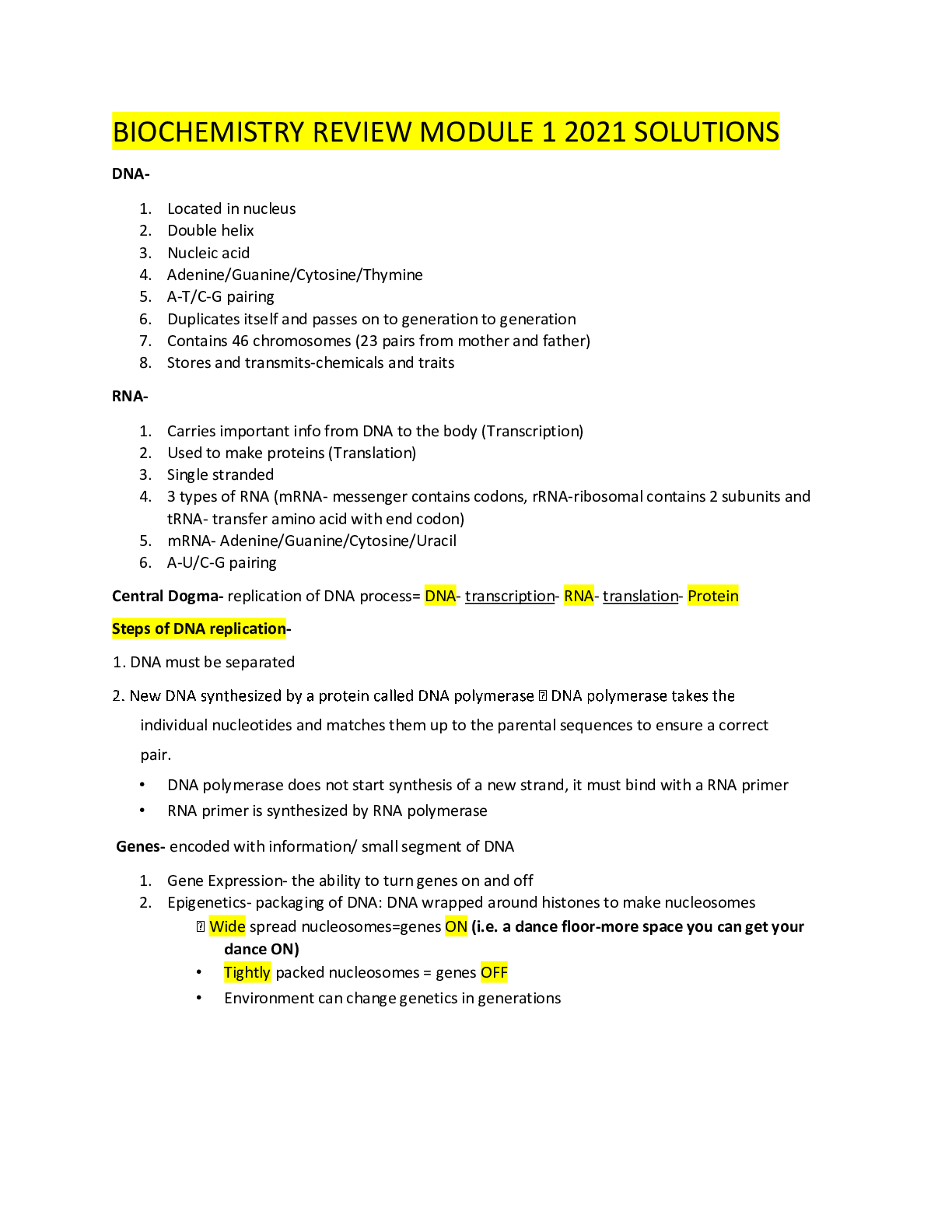
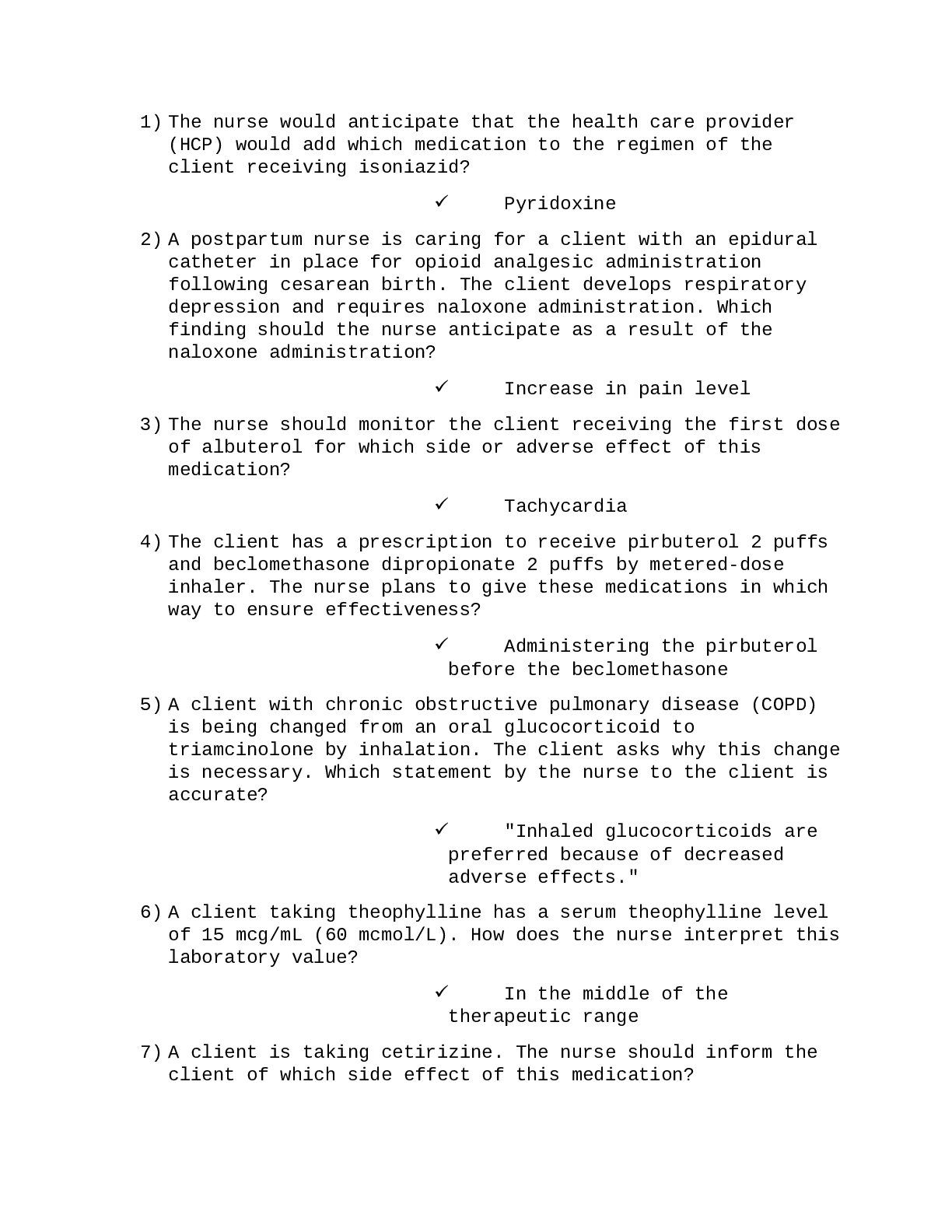
NSG110 AMERICANS RATE NURSES HIGHEST ON HONESTY, ETHICAL STANDARDS.png)
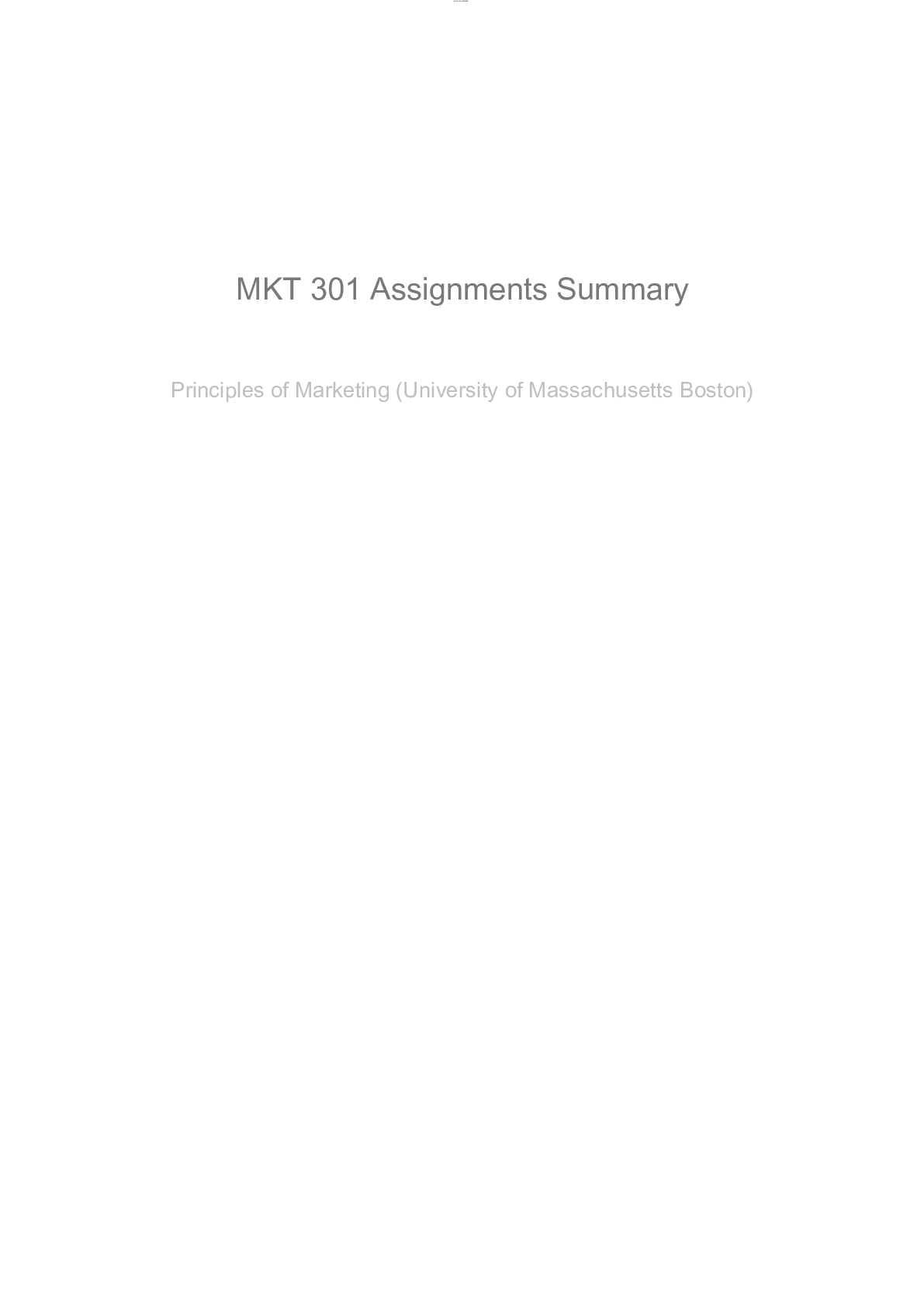
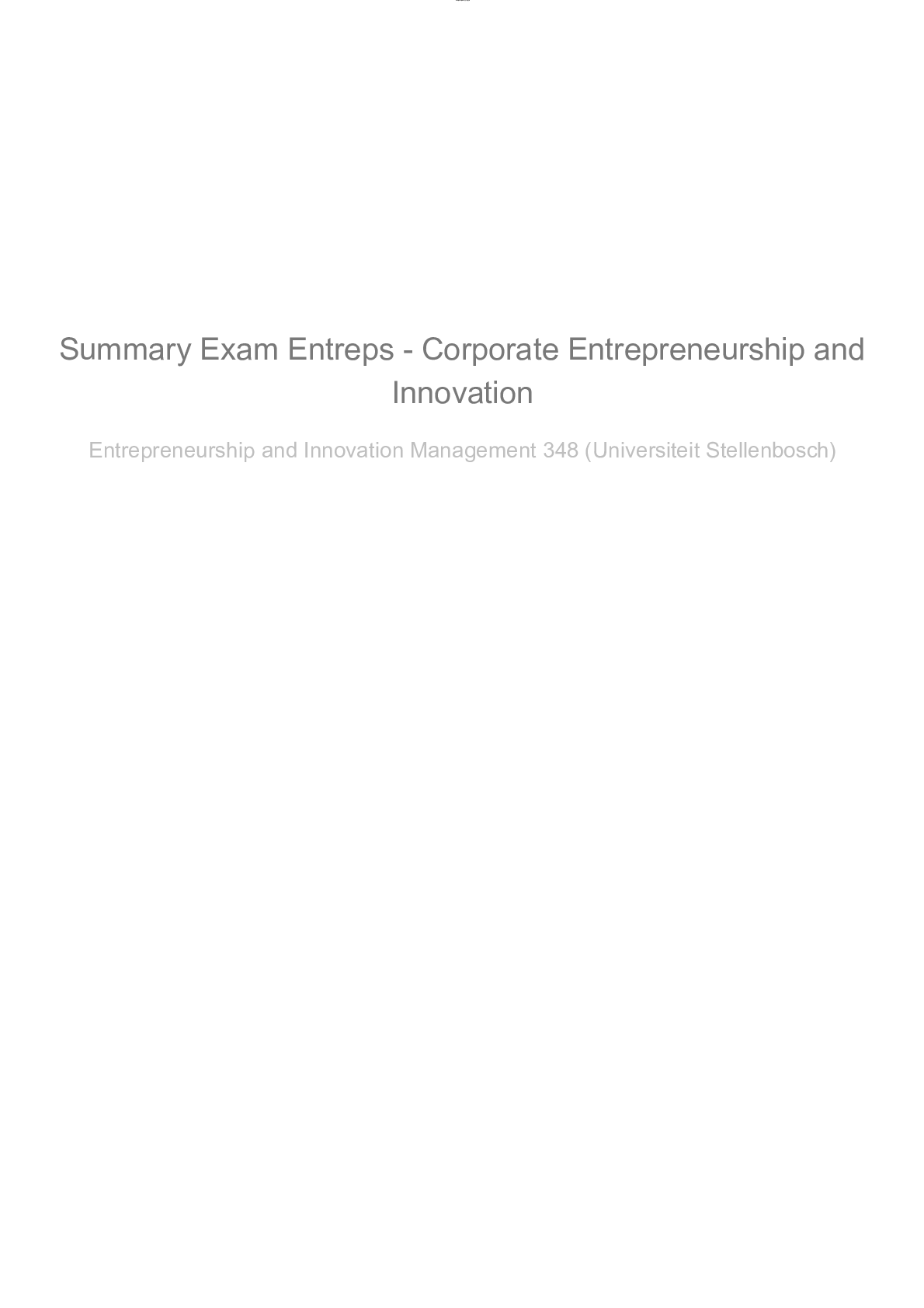
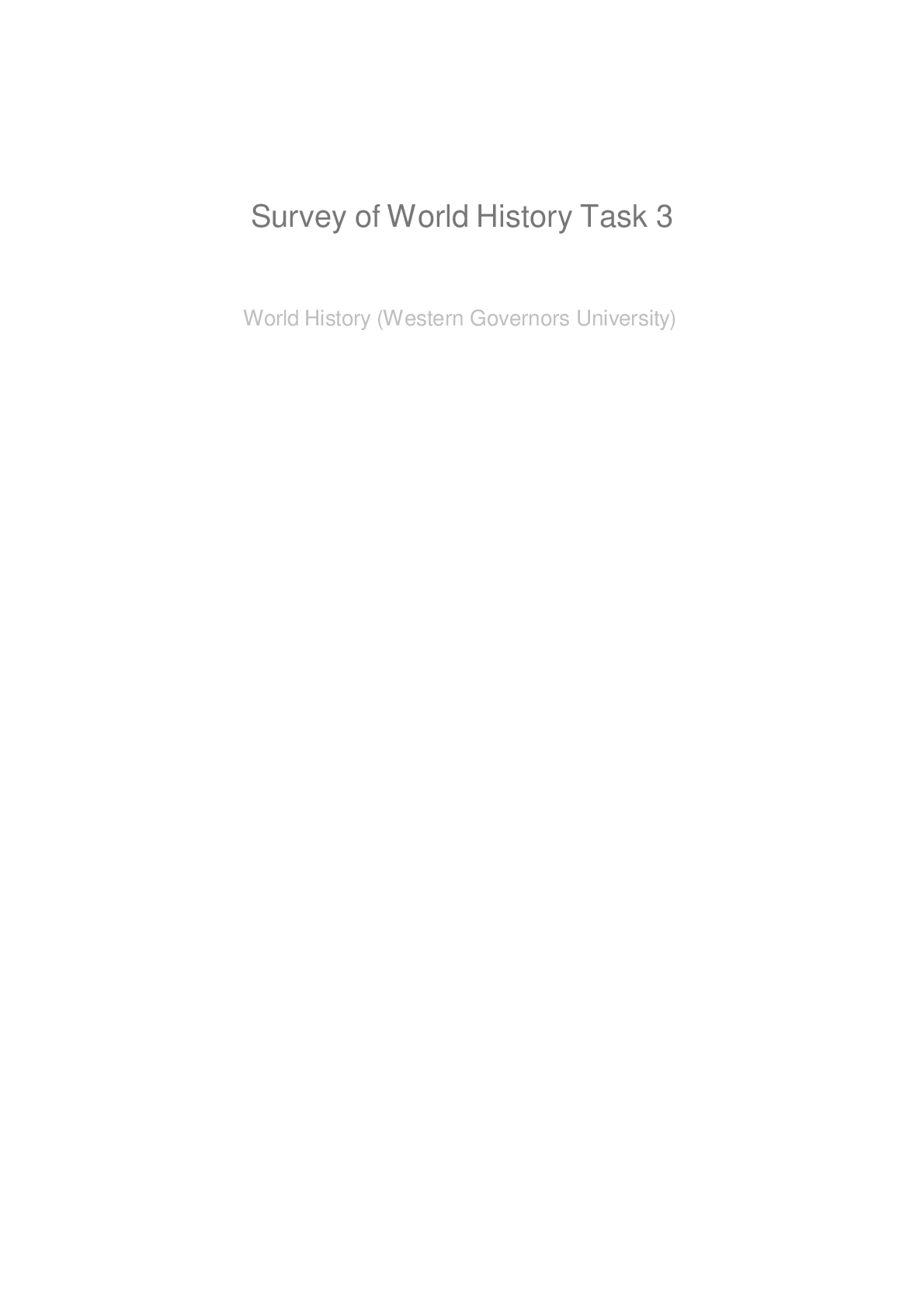
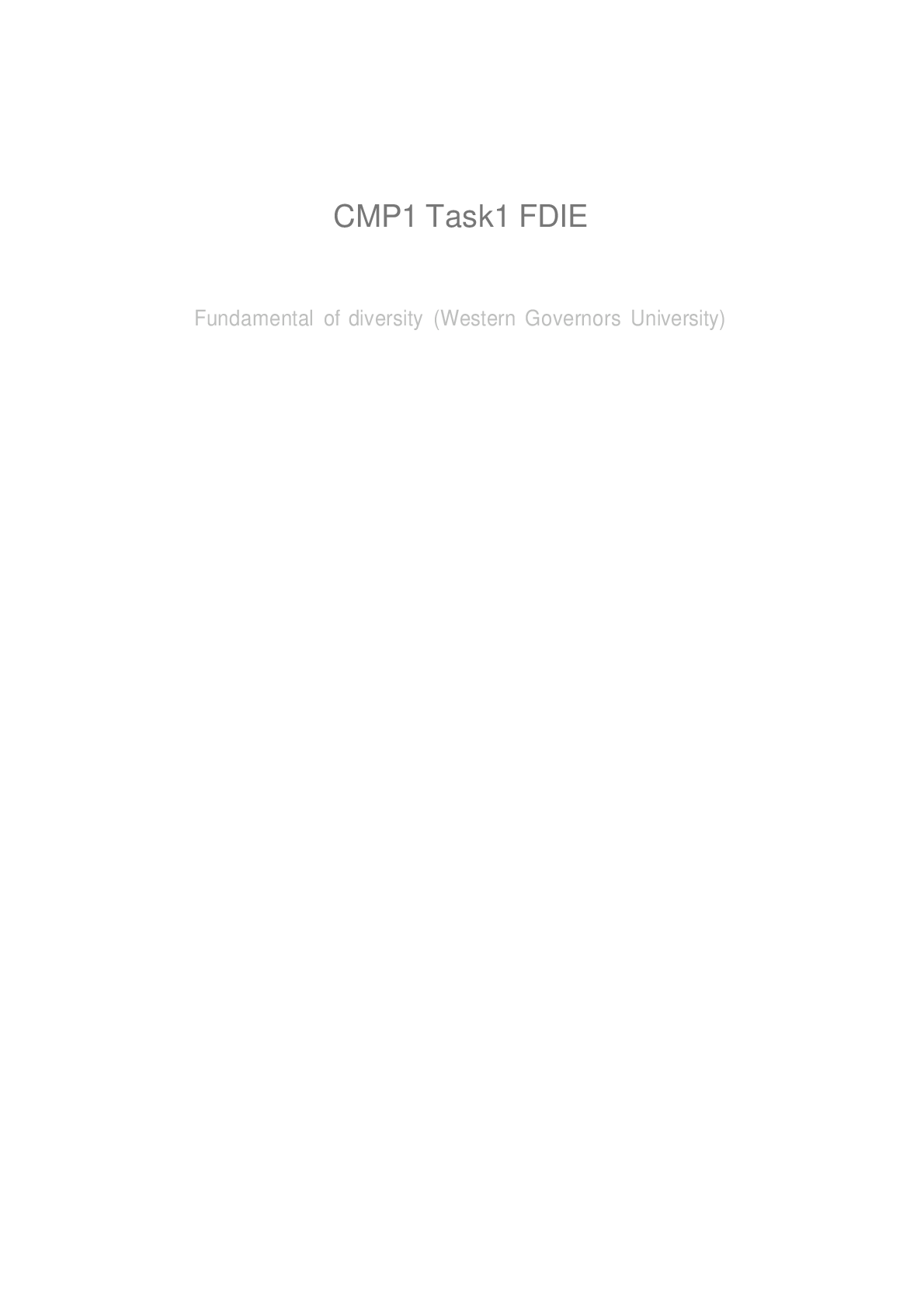
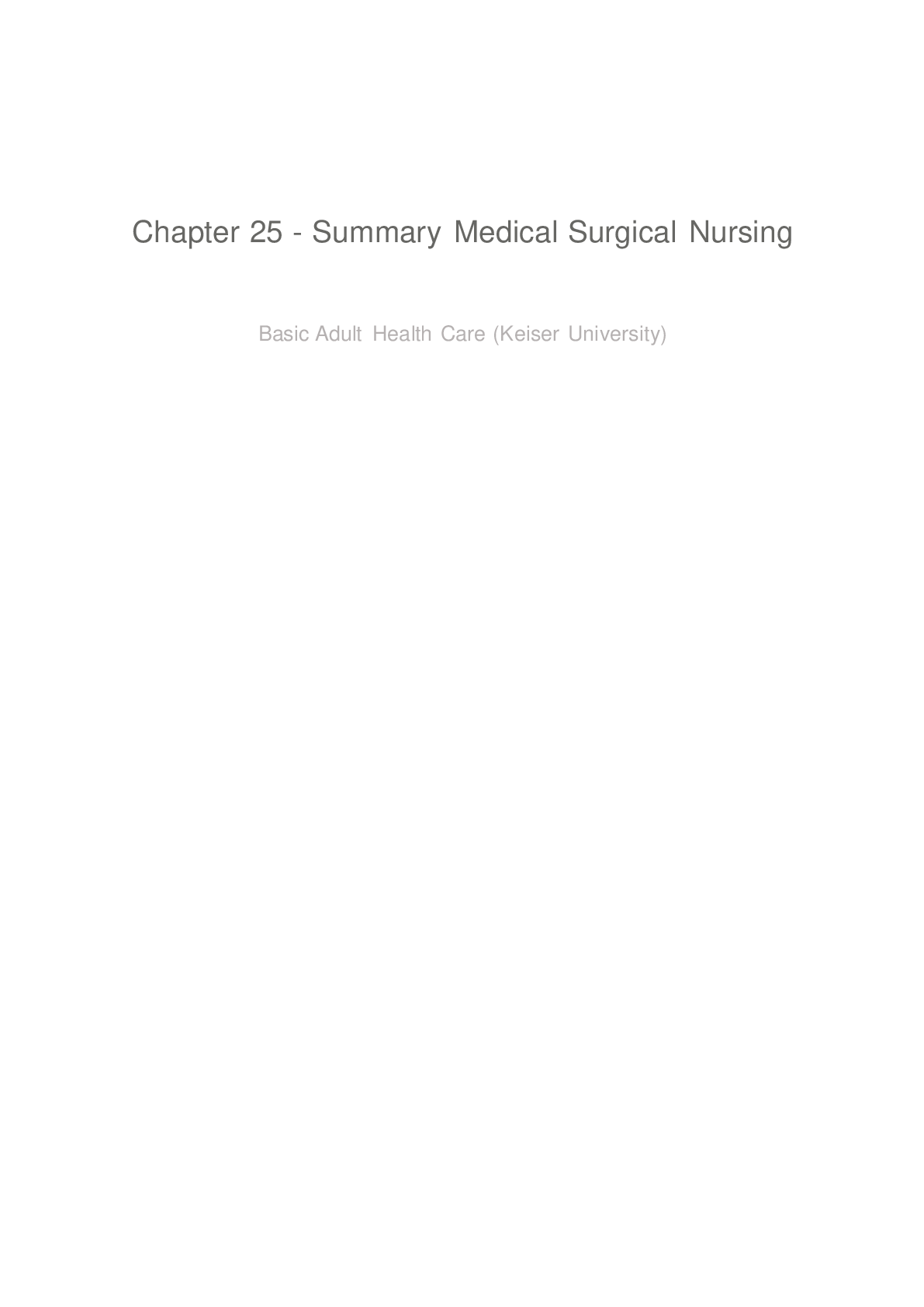
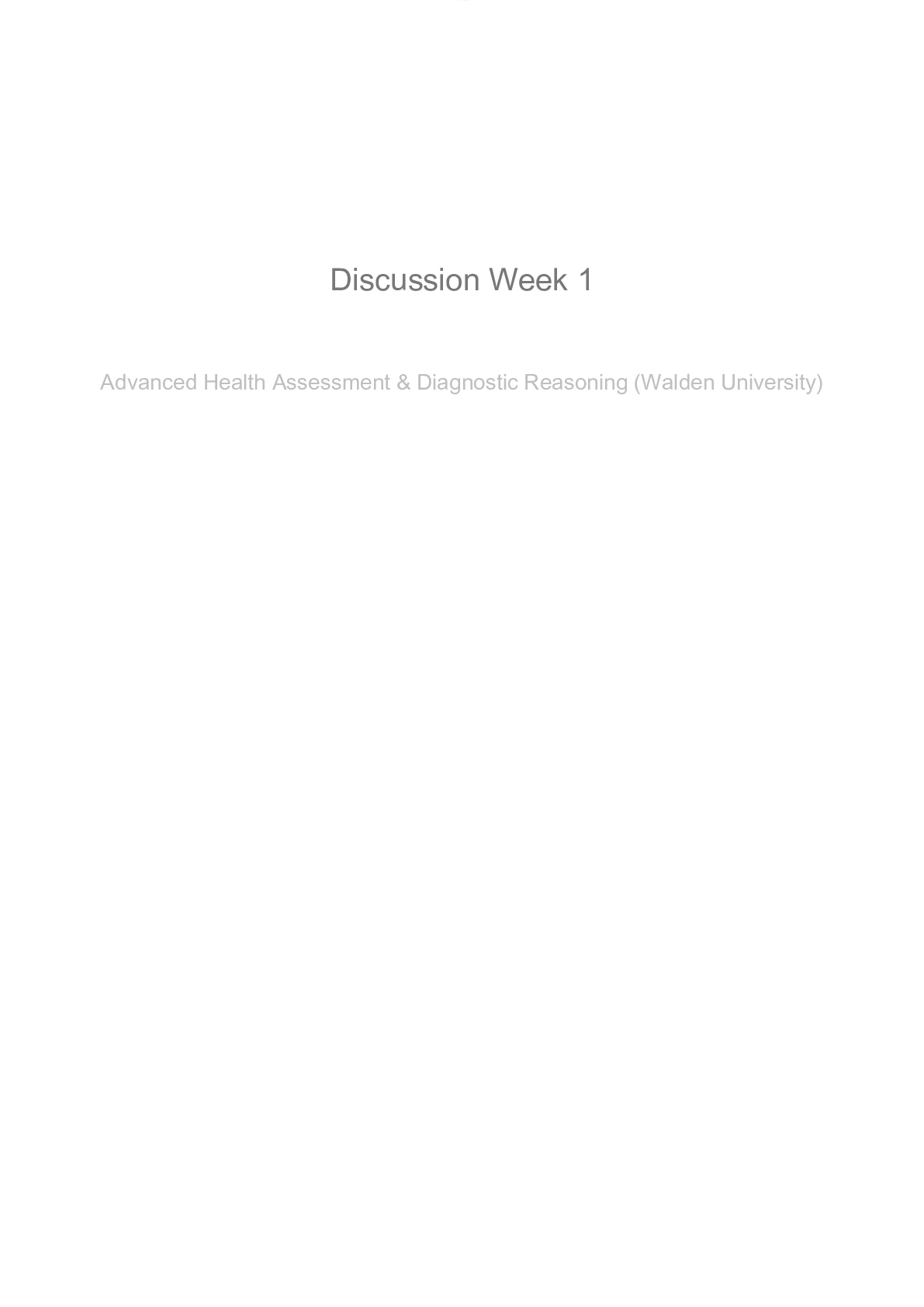
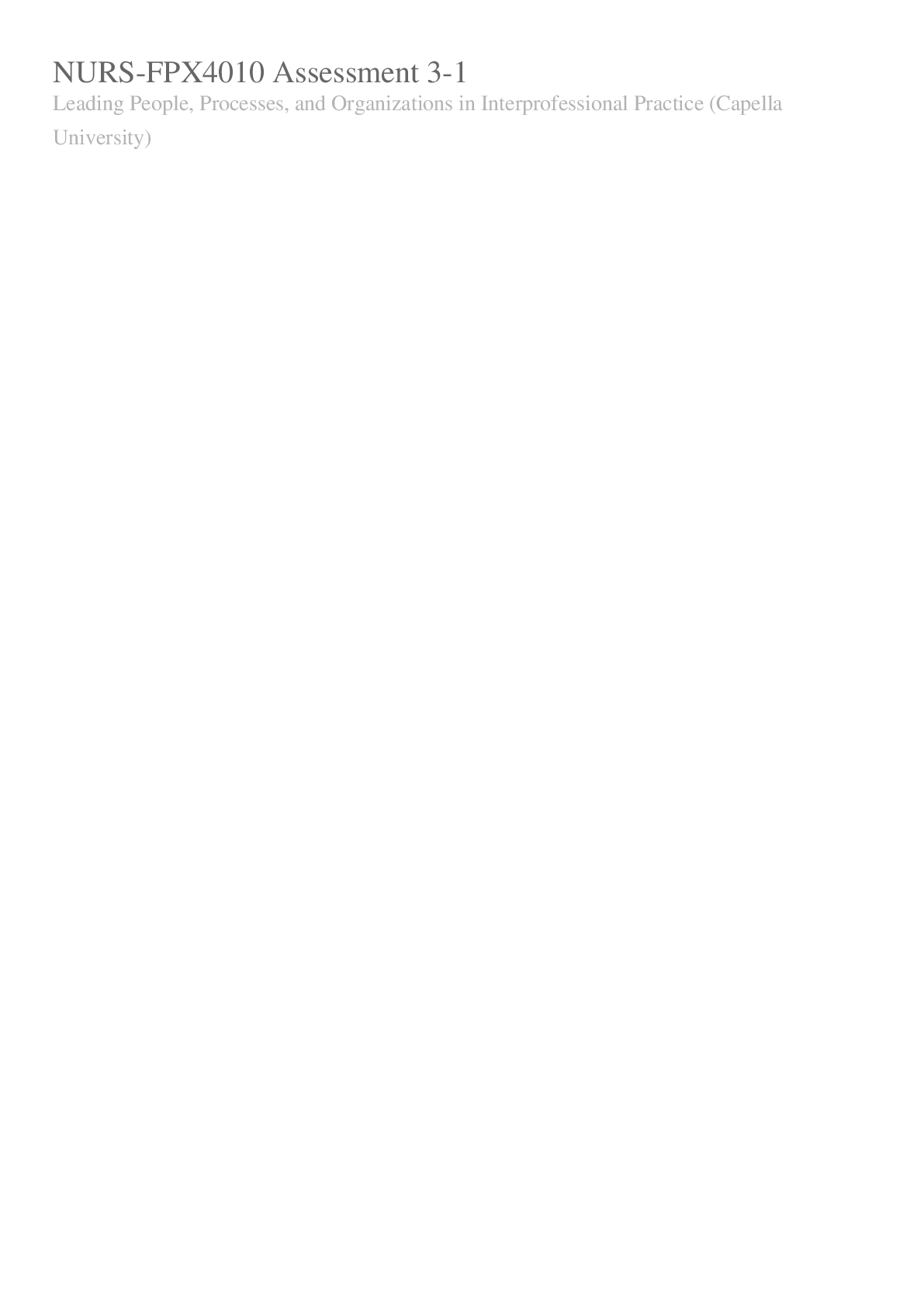
.png)

